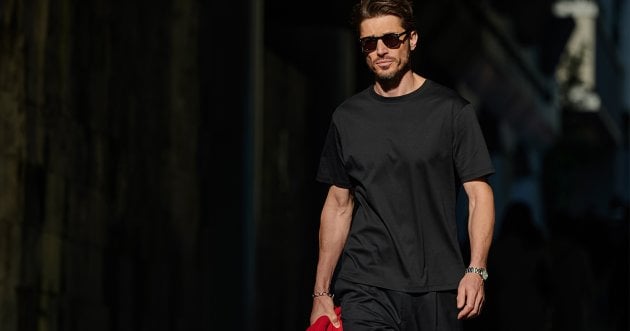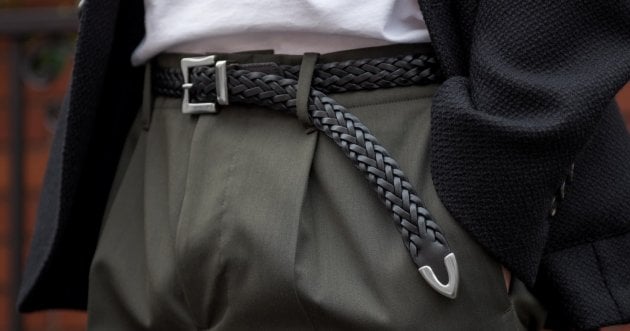
Suponsered by
Before muscle training around the legs and hips! Here is a dynamic stretch to relax the hip joints!
There are several dynamic stretches for the hip joints, but here is the most standard one. Here is the most standard one. It is a stretch in which the knees are raised and both externally and internally rotated 10 times each. The important thing in this stretch is to keep the upper body from shaking. If the pelvis is pulled by the legs, the effect of stretching the hip joints will be reduced. As with all stretching, it is also important to move the body in a wide range of motion.
Here are five stretches to relax the hip joints! Introducing a menu to increase range of motion without strain
Here are five static stretches to improve hip flexibility. Basically, we recommend doing all of them, but as mentioned above, it is important to continue, so you can start with one at a time. Since stretching is effective when done over time, it is recommended to do 3 sets of 20~30 seconds or 10 times per exercise, with an interval of about 20 seconds between each set. In addition, do not force the muscles to stretch by using a reaction force, as this will cause the muscles to remain stretched and not contract, resulting in poor movement.
Hip Stretch (1)
The muscles of the hips are greatly involved in hip joint movement. This is a standard stretch for the buttocks. First, sit on the floor in a gym-like position, place the ankle of one leg on the knee of the other, and support the body with both hands on the sides or behind the body. Then, fold your upper body forward as if folding from the hip joints. The pelvis must be erect, otherwise the effect will be lost.
Hip Stretch (2)
The next stretching exercise is one that relaxes the muscles of the buttocks while expanding the range of motion by incorporating internal rotation of the hip joints. This internal rotation stretches the outside of the hips, which is ideal for improving the “crab legs” (O-legs). The first step is to sit in a gymnastic position with one ankle on one knee and both hands on the side or behind the body. From this position, roll the leg that is in contact with the floor inward. If there is a difference between the left and right leg, it is recommended to hold the leg that does not fall inward as long as possible to loosen it up and eliminate the difference between the left and right leg.
Hip Stretch (3)
This is one of the most popular stretches to soften the hip joints. In yoga, it is also called “antiphonal pose,” and is used to check for differences between the right and left hip joints. The procedure is very simple. After sitting on the floor, place the soles of both feet together, straighten the back, raise the pelvis, and then roll the upper body forward. To enhance the stretching effect of this exercise, it is advisable to keep both knees as far apart as possible and to keep the knees close to the floor. Try it while feeling your inner thigh muscles being stretched.
Hip Stretch (4)
The next stretch is called Spiderman. It is known as the “Lizard Pose” in yoga. This stretch stretches the hamstrings, the muscles behind the thighs, and the inner muscles around the hip joints. It is particularly appealing because it stretches the iliopsoas muscles, which tend to contract and become stiff in a seated position. First, get down on all fours on the floor and step out with your left leg to the outside of your left hand. The key is to be conscious of not opening the knee of the leg that you have stepped out of. Continue to extend the knee of the left leg, raise the buttocks high, and return to the original position once the back of the thigh is firmly stretched. After 10 repetitions with the left leg, repeat the same procedure with the right leg.
Hip Stretch (5)
The last stretch introduced here is the Frog Pose. This stretch focuses on the adductor muscles by stretching the hip joints while keeping the soles of the feet together. First, get on all fours with your elbows on the floor and spread your knees as wide as possible, keeping the soles of your feet together. From this posture, bring your pelvis close to the floor as you roll your upper body forward. This stretch can be hard on the knees, so it is best to use a thick yoga mat or a folded bath towel.

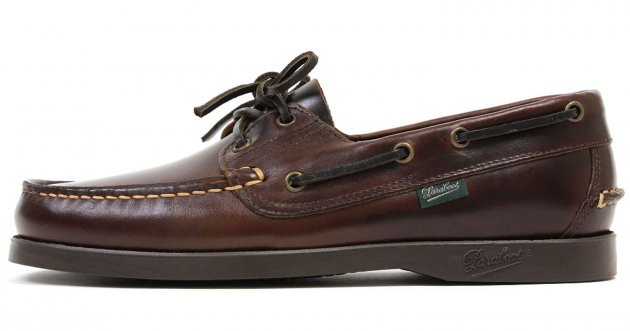
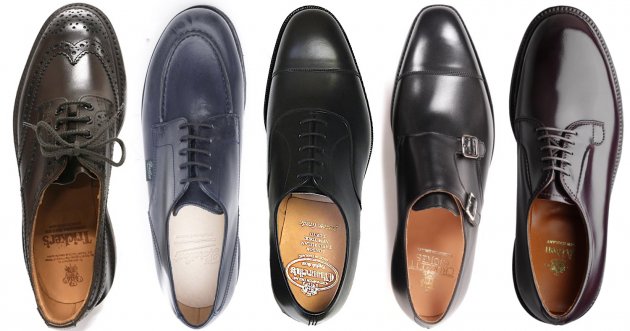
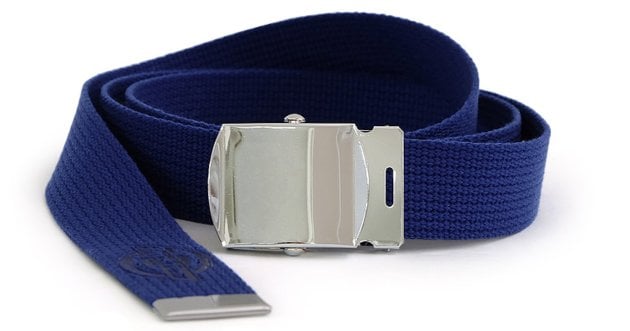
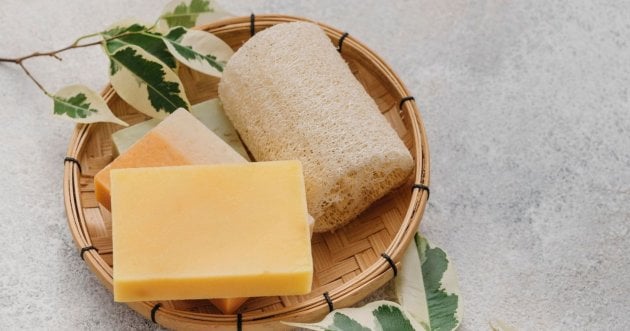


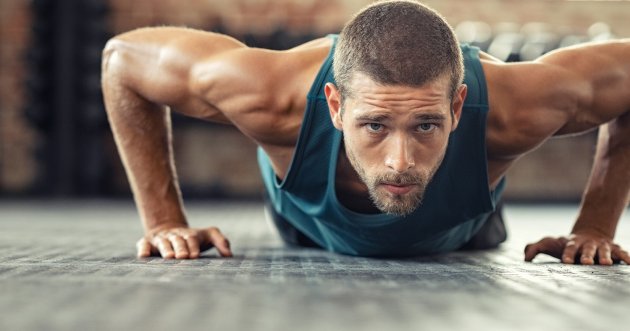
![Court Sneakers [ 12 Recommended Models to Go with Any Coordinate ].](https://otokomaeken.com/wp-content/uploads/2024/03/bbc447593c4fb45bd11e5851862e528f-630x331.png)





